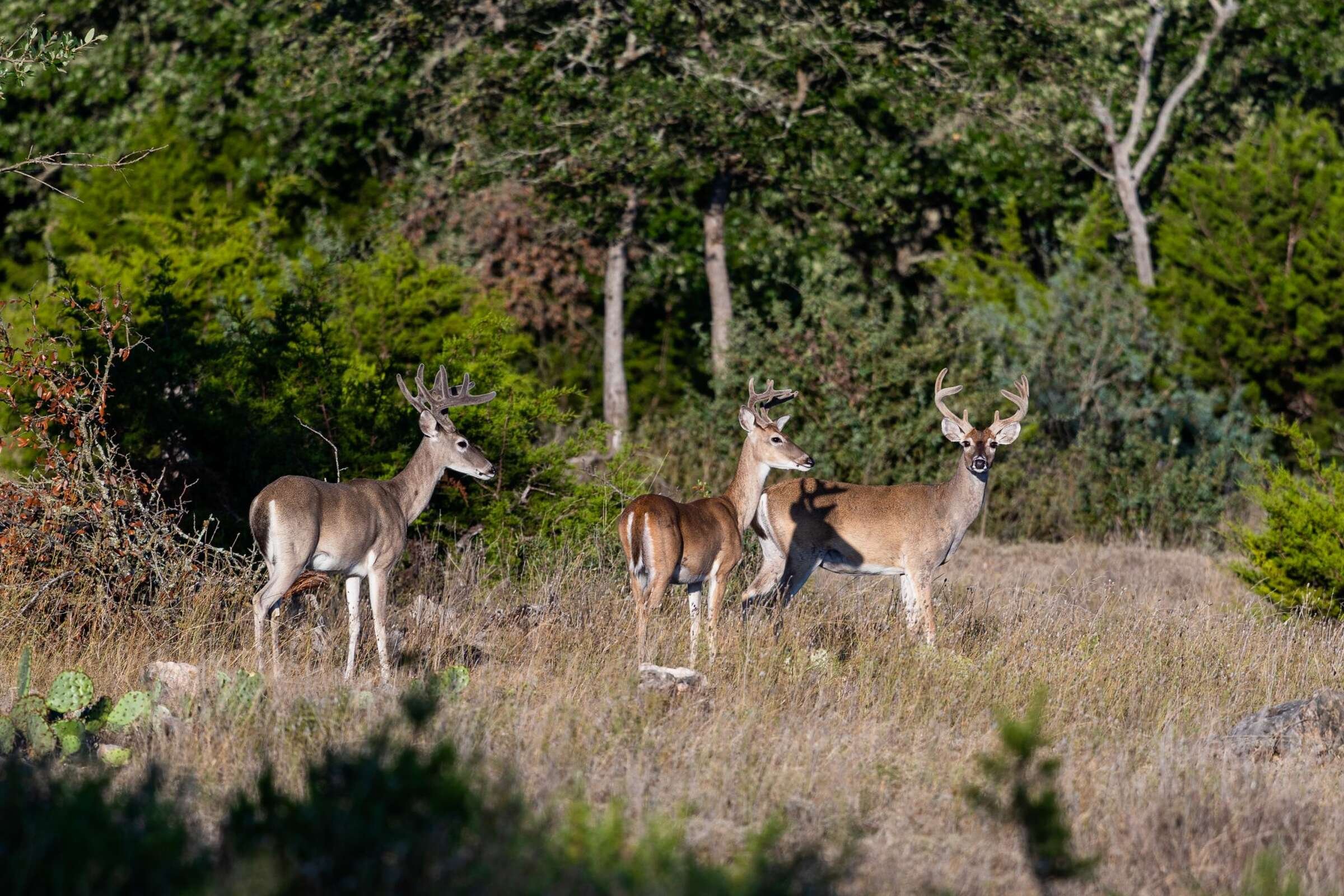
Important Notice
Keep informed about time sensitive neighborhood announcements that may impact you.
Winter tips for your landscaping!
• Proper Leaf Removal: “Please ensure that your maintenance crews remove leaves from your landscape and haul them off instead of blowing them into common areas.” This practice supports the health of the common area trees and helps deter unwanted wildlife from making a home next to yours.
• Winter Wastewater Averaging: (Winter wastewater averaging began in November and continues through February.)
To avoid high water bills, reduce your watering to the minimum needed without letting your landscape dry out. Now is a great time to have your irrigation system inspected for efficiency. While water restrictions remain in place, your plants will need less water to stay healthy during this period. Hand-watering with a hose remains the most efficient way to nurture new plantings.
• Replace Lost Plants and Trees: If you have been waiting to replace plants or trees lost during the summer, now is the perfect opportunity. Planting during this cooler period gives your plantings about eight months to establish roots before the next hot summer arrives.
• Mulch for Protection: Once leaves have fallen and new plants are in place, cover any bare areas with mulch. Refresh existing mulch by turning it over to encourage decomposition and form organic matter in the soil; then, add a thin layer on top for color rather than extra depth. A mulch layer of three to four inches is sufficient to help keep the ground cool in the summer and warm in the winter.
• Apply Fall Treatments: If your maintenance contractor hasn't yet applied fall pre-emergent and fertilizer, make sure this task is completed now for the best results. If you do not have someone to do this, Emerald Lawns does a nice job on our common areas. You can reach out directly to our account representative, Evette @ 512-529-3655.
• Tree Pruning: You have until February to trim trees in WatersMark. Prune limbs to keep them clear of your roof and carry out structural pruning to reduce weight on the ends of branches, preventing potential splitting or breaking during a freeze.
